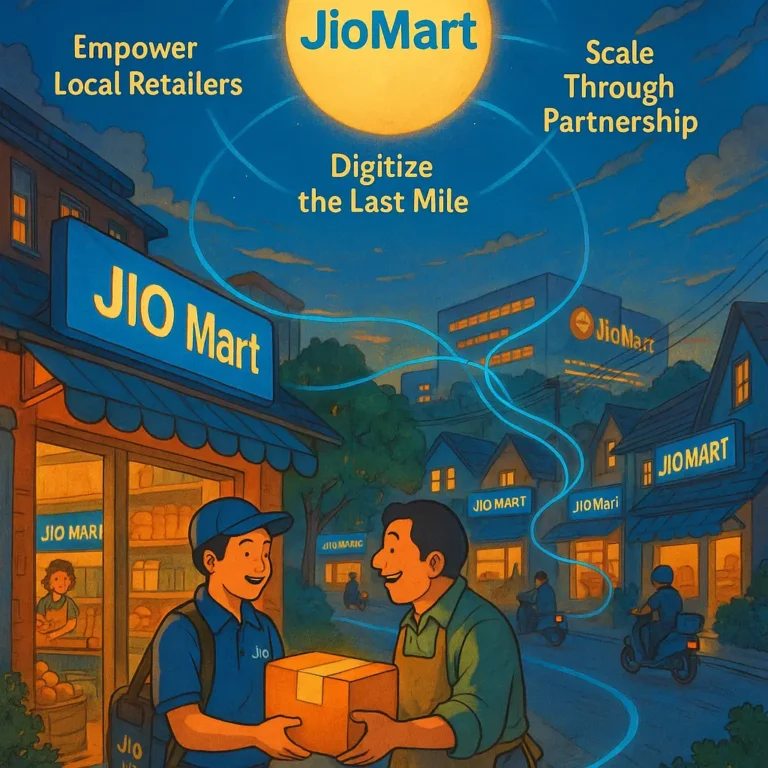
Alibaba's Singles’ Day Delivery
Alibaba’s Singles’ Day delivery record in 2020 wasn’t an overnight success but the result of strategic choices, including forecasting, pre-staging, automation, and a network built for peak performance.
All of them were made before that faithful day of November 11th.
This story examines how Alibaba successfully handled record-breaking orders during the 2020 Singles’ Day festival without any issues, and the lessons to be learned from the experience.
Key Nuggets:
- Alibaba faced one of the largest delivery surges in the world during the 2020 Singles’ Day festival.
- The company relied on forecasting, warehouse automation, robotics, and extensive delivery networks to process over two billion parcels.
- It was a demonstration of how planning, local storage, and smart routing can transform supply chains globally, especially in Africa.
How Alibaba’s Singles’ Day Delivery Record Unfolded
Singles’ Day in China is now the world’s biggest shopping festival. Originally, it began as a one-day sale on November 11, but it has recently evolved into an 11-day event with large volumes of orders.
By 2020, shoppers across China placed more than two billion delivery orders.
Many of them wanted their goods quickly, and some expected them within the same day.
The scenario usually plays out like a city waking up all at once and asking for its packages. That kind of volume puts the entire last-mile delivery system across China under immense pressure as the weight of the surge settles.
Singles’ Day had grown each year, but 2020 was different.
People were spending more time at home, and due to the pandemic, online shopping was no longer an option. That year, in particular, it was the primary means by which many households purchased their goods, which naturally drove the order volume up.
However, delivering at this level posed real strain on logistics operations.
Warehouses needed to sort packages more efficiently, trucks required new routes, and remote areas required new methods for receiving parcels. Delivery networks that worked during normal weeks usually began to slow down when millions of orders arrived at once.
So, Alibaba understood that speed alone was not enough.
The company needed a system that could anticipate demand early, place goods close to the potential buyers, and shorten the distance each parcel had to travel before reaching the customer.
It was that strategic approach that shaped how the system handled the surge.
Read More: How Morrisons’ Digital Supply Chain Twin Is Improving Agility.
Why Alibaba Turned to Technology
Alibaba’s Singles’ Day delivery record would not have happened if the company were solely reliant on manual labor because the order flow was too heavy for people to keep up with it.
The company needed predictive tools to determine where to place inventory before orders arrived. However, it also required warehouse automation and routing systems that could direct parcels with minimal human handling.
Cainiao, Alibaba’s logistics arm, became the center of this work.
Cainiao did not attempt to hold all inventory in one place. Instead, the company chose to distribute goods across multiple “lead warehouses” located near large population centers. This meant goods could travel shorter distances after they were purchased.
By connecting physical stores to the same digital system, local shops could act as mini‑warehouses. When a buyer placed an order, the system selected the closest stock point, not just the main warehouse, which helped reduce time and traffic strain.
Read More: Lessons From Kroger’s Customer Fulfillment Centers.
How Cainiao Automation Worked in Practice
Alibaba’s Singles’ Day delivery record in 2020 was facilitated by Cainiao, which built warehouses equipped with robots to move parcels across floors.
These robots, in turn, lowered the amount of manual lifting and sorting. In one warehouse in Wuxi, hundreds of these robots worked simultaneously. Human workers stepped in when needed, but machines handled the heavy motion.
The company also established a large routing network and planned delivery paths to minimize wasted distance, which was particularly beneficial in rural regions where addresses are often far apart.
Shorter routes meant faster rounds.
Cainiao also secured cargo planes and ships to expedite the movement of goods across borders during this surge. This allowed parcels from China to reach Europe in a relatively short timeframe.
In cities, parcel lockers and campus delivery robots have enabled carriers to drop off goods more quickly, thereby eliminating door-to-door delays. All these steps cut stress at the busiest points of the chain.
Do you want more supply chain stories like this? Subscribe here
The Result
The system handled about 2.32 billion delivery orders. At peak moments, approximately three million orders were processed in a single minute, and delivery times even improved in distant areas.
Alibaba’s Singles’ Day delivery record wasn’t just about volume, though; the efficiency and effectiveness of the entire operation were remarkable.
Some orders were delivered to buyers in minutes because the stock was stored in local warehouses before purchase.
Warehouses experienced fewer slowdowns, sorting remained steady, and delivery teams had shorter routes.
Even the packaging changed. Many parcels were shipped in lighter, biodegradable packaging, supported by recycling stations located throughout cities.
This was not luck. It was structure.
Read More: The BMW’s Wire Harness Supply Bottleneck Caused By Ukraine’s Invasion.
Lessons From Alibaba’s Singles’ Day Delivery Record
Alibaba’s record was not luck. It was a result of merging robust structures with competencies. Here are some of the key lessons from the story:
- Plan Before the Rush: Forecasting demand early and moving goods close to customers in advance lowers strain during peak weeks. Peaks can then feel like normal days.
- Spread Stock Across The Map: Do not depend on one large warehouse. Decentralizing reduces stress and shortens travel distance.
- Use Tools to Guide Human Effort: Robots should handle repetitive tasks while humans handle the judgment, and systems work best when each does its own part well.
- Build Routing Systems That Adapt: Routes should change based on delivery density and region. And leveraging smart routes reduces fuel consumption and cuts travel time.
- Improve The Last Step: Pick up lockers, small dispatch stations, and planned neighborhood routes to reduce delays in the final kilometer.
Do you want more supply chain stories like this? Subscribe here

Obinabo Tochukwu Tabansi is a supply chain digital writer (Content writer & Ghostwriter) helping professionals and business owners across Africa learn from real-world supply chain wins and setbacks and apply proven strategies to their own operations. He also crafts social content for logistics and supply chain companies, turning their solutions and insights into engaging posts that drive visibility and trust.







